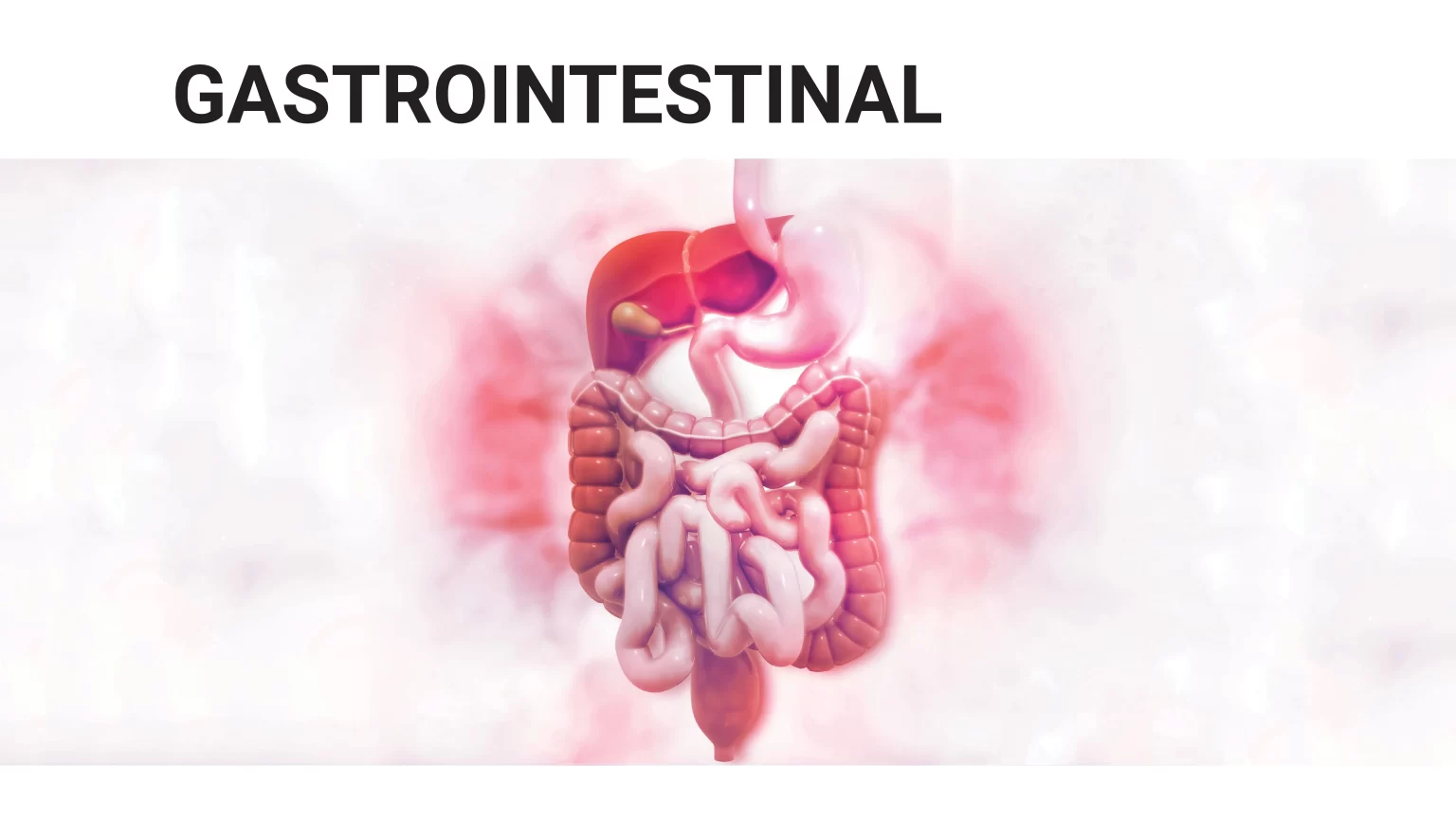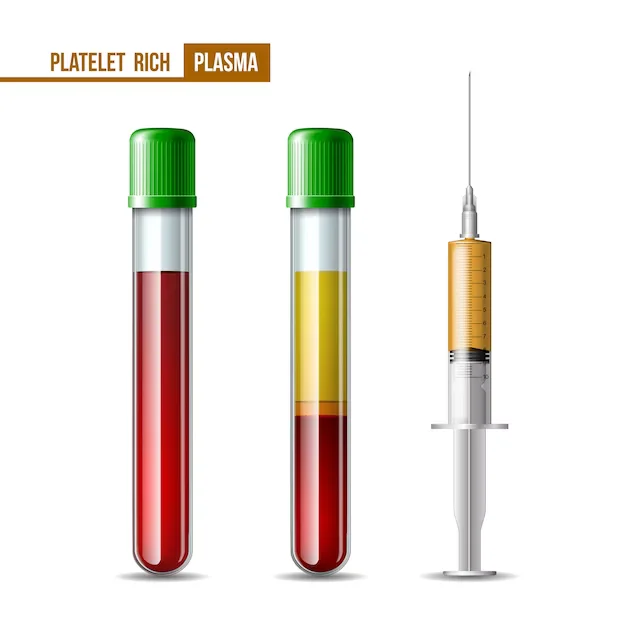Gastrointestinal Treatments
Introduction
The gastrointestinal (GI) tract plays a crucial role in the digestion and absorption of nutrients, as well as in the elimination of waste from the body. However, various factors such as infections, dietary habits, genetic predispositions, and lifestyle choices can lead to gastrointestinal disorders, ranging from mild discomfort to severe conditions requiring medical intervention.
Gastrointestinal treatments encompass a broad spectrum of interventions aimed at managing and alleviating symptoms associated with GI disorders. These treatments can include lifestyle modifications, dietary changes, medication therapy, surgical interventions, and supportive therapies. The choice of treatment depends on the specific diagnosis, severity of symptoms, and individual patient factors.
In recent years, advancements in medical technology and understanding of gastrointestinal disorders have led to the development of novel treatment modalities, including targeted therapies and minimally invasive procedures. Additionally, the emphasis on holistic approaches to healthcare has spurred interest in complementary and alternative therapies for managing GI conditions.
Since the mouth cavity is a component of the gastrointestinal system, changes there may indicate the onset of gastrointestinal treatments as well as systemic illnesses.
Patients are more prone to develop anal and esophageal lesions as well as other extra-intestinal disease presentations if these symptoms are present.
Certain conditions that affect different GI tract segments can present as oral symptoms, either singularly or in combination. These conditions include:
- Hashimoto’s disease and acid erosion of the teeth can result from gastroesophageal reflux disease.
- Dentigerous cysts, excess teeth, and poor tooth eruption are linked to Gardner’s syndrome.
- Dark patches on the lips, the skin around the mouth, or the oral mucosa may be a symptom of Peutz-Jeghers syndrome.
- Recurrent mouth ulcers, atrophic glossitis, and angular cheilitis can be caused by a number of GI disorders, particularly those linked to malabsorption (for example, Crohn’s disease is frequently referred to as orofacial granulomatosis when it affects just the mouth).
- Sideropenic dysphagia may result in angular cheilitis and glossitis.
Oesophageal Gastrointestinal Treatments
A wide range of conditions affecting the esophagus are referred to as esophageal illnesses. Gastritis is the most prevalent oesophageal reflux illness in Western nations.
It is believed that chronic forms of the disease cause Barrett’s esophagus and alterations to the oesophageal epithelium.
Infections like oesophagitis, injuries from ingesting caustic chemicals, or vein ruptures such as oesophageal varices, Boerhaave syndrome, or Mallory-Weiss tears are examples of acute diseases.
Congenital conditions including Zenker’s diverticulum and esophageal webbing, as well as oesophageal motility abnormalities such as nutcracker esophagus, achalasia, diffuse oesophageal spasm, and oesophageal stricture, can all be classified as chronic illnesses.
Symptoms of oesophageal illness include sore throat, dysphagia, hemorrhaging, or vomiting. While barium swallows, endoscopies.
And biopsies may be used to investigate and diagnose acute conditions like reflux, medical histories and symptoms alone may be sufficient for investigating and diagnosing chronic or congenital diseases.
Gastric Treatments
The term “Gastric Treatments” describes conditions affecting the stomach. Gastritis, or gastroenteritis, is the term for inflammation of the stomach caused by an infection of any kind that also affects other areas of the gastrointestinal tract.
Persistent chronic gastritis is linked to pyloric stenosis, stomach cancer, and atrophic gastritis, among other conditions.
Another common condition is peptic ulcers, sometimes referred to as stomach ulcers. The gastric mucosa, which shields the stomach’s tissue from stomach acids, is eroded by ulceration. The most frequent cause of peptic ulcers is an infection with the Helicobacter pylori bacterium.
Infection with the Epstein-Barr virus is another risk that might lead to stomach cancer. Blood in the vomit can also be caused by aberrant veins or arteries that have burst, such as Dieulafoy’s lesion and Gastric antral vascular ectasia, in addition to gastric ulcers.
Pernicious anemia is a congenital condition of the stomach in which the body’s immune system targets parietal cells, preventing the body from absorbing vitamin B12.
Other typical signs of stomach sickness include vomiting, indigestion or dyspepsia, and in the case of chronic illness, digestive issues that result in malnourishment.
An endoscopy may be performed to inspect or obtain a biopsy from the stomach in addition to standard testing.
Intestinal Treatments
Physiological, autoimmune, and viral conditions can impact the small and large intestines. Diarrhea may result from enterocolitis, an intestinal inflammation. Mesenteric ischemia and infectious diarrhea are examples of acute illnesses that can damage the intestines.
Fecal impaction and intestinal blockage, which can be brought on by ileus, intussusception, or volvulus, are among the possible causes of constipation.
Classified as either Crohn’s disease or ulcerative colitis, inflammatory bowel disease is an illness with an unclear origin that can affect the intestines and other areas of the gastrointestinal system.
Necrotizing enterocolitis and intestinal pseudoobstruction are two further possible causes of the sickness. Intestinal disorders can result in constipation, diarrhea, vomiting, or changed stools, including blood in the stool.
The large intestine can be examined using a colonoscopy, and a stool sample can be submitted for microscopy and culture. Targeted antibiotics can be used to treat infectious diseases, and immunosuppression can be used to treat inflammatory bowel disease.
Certain reasons for intestinal blockage can also be treated with surgery. The typical thickness of the walls of the small and large intestines is 3-5 mm and 1-2 mm, respectively.
Cancer may be indicated by focal, irregular, and asymmetric gut wall thickening on a CT scan. The most common causes of segmental or widespread thickening of the gut wall are ischemia, inflammatory, or infectious diseases.
Medication like ACE inhibitors can induce small bowel thickening and angioedema, however they are less prevalent.
Small intestine
Included in the small intestine are the ileum, jejunum, and duodenum. Enteritis is the term for small intestinal inflammation; duodenitis, jejunitis, and ileitis are used when the inflammation is limited to a specific area of the intestine.
In the duodenum, peptic ulcers are also frequent. The small intestine can be affected by chronic malabsorption disorders, such as infective tropical sprue, autoimmune celiac disease, and congenital or surgical short bowel syndrome.
Whipple’s illness, Milroy disease, blind loop syndrome, and Curling’s ulcer are a few other uncommon conditions that can damage the small intestine.
Small intestine tumors include lipomas, hamartomas, carcinoid syndromes, and gastrointestinal stromal tumors. Small intestine diseases can manifest as diarrhea, malnutrition, exhaustion, and weight loss.
The investigations that are conducted might involve barium swallowing, duodenal endoscopy and biopsy, and blood tests to track nutrients like iron, folate, and calcium levels. Refeeding and medications for infections are possible forms of treatment.
Large Intestine
The large intestine can be affected partially or completely by diseases. One such illness that results from appendix inflammation is appendicitis.
Pseudomembranous colitis is the name given to the widespread inflammation of the large intestine that results from the Clostridium difficile bacterium. Abdominal pain from outpouchings is frequently caused by diverticulitis, which mostly affects the colon.
Functional colonic illnesses, such as intestinal pseudoobstruction and irritable bowel syndrome, are conditions for which there is no established etiology.
Hirschsprung’s illness in newborns, impaction of a hard stool in the rectum, and lifestyle factors can all cause constipation.
Constipation, fever, stomach discomfort, and blood in the stool are all possible outcomes of diseases affecting the large intestine. Abdominal X-rays, colonoscopies, and barium swallows are among the tests that particularly look at how the large intestine functions.
Rectum and Anus
Anus and rectum diseases are quite frequent, particularly in elderly persons. Both hemorrhoids, which are vascular skin outpouchings, and pruritus ani, or itching in the anus, are quite prevalent.
HIV-related sexually transmitted diseases and ulcerative colitis are linked to other disorders such anal cancer. Proctitis, or inflammation of the rectum, can be brought on by radiation damage from radiation therapy to other areas of the body, including the prostate.
When combined with an inability to empty voluntarily, fecal incontinence can arise from both mechanical and neurological issues. This condition is known as encopresis.
Anal fissures, anal abscesses, tiny inflammatory nodules, and anal fistulas can all cause pain while passing stool. The symptoms of rectal and anal diseases might range from painless stools to fresh blood in the stool, a sensation of incomplete emptying, and pencil-thin feces.
The digital rectal exam and proctoscopy are medical procedures that are used in addition to standard testing to examine the anus and rectum.
Accessory Digestive Gland Disease
Hepatic
illnesses affecting the liver are referred to as hepatic illnesses. Hepatitis is the term for an acute or chronic inflammation of the liver tissue. Hepatitis A, B, and C are examples of infectious viral hepatitis that affect more than (X) million individuals globally.
NASH and fatty liver are two more lifestyle variables that may contribute to liver disease. Chronic alcohol use can also result in alcoholic liver disease and alcoholic hepatitis.
In the case of a persistently inflamed liver, such as one impacted by alcohol or viral hepatitis, cirrhosis may arise from chronic hepatic fibrosis. Pyogenic and amoebic infections are prominent causes of liver abscesses, which are frequently acute diseases.
Cirrhosis and other chronic liver diseases may contribute to liver failure, a condition in which the liver is unable to repair long-term damage and fulfill the body’s metabolic needs.
This might be the cause of hepatorenal syndrome and hepatic encephalopathy in an acute scenario. Hemochromatosis, Wilson’s disease, autoimmune hepatitis, and primary biliary cirrhosis are a few examples of hereditary or autoimmune diseases that can cause chronic liver illness.
Acute liver illness can cause jaundice but seldom causes discomfort. Fever can be brought on by infectious liver disease.
An accumulation of fluid in the belly, yellowing of the skin or eyes, bruising easily, immunosuppression, and feminization are all possible outcomes of chronic liver disease.
Portal hypertension is frequently seen, which can result in the formation of noticeable veins in various body areas, including hemorrhoids and oesophageal varices.
A medical history that includes information on a person’s family history, travel to high-risk areas, alcohol usage, and food intake may be obtained in order to evaluate liver disease.
It is possible to perform a medical checkup to look for signs of liver disease. Blood tests, specifically those measuring liver function, as well as other blood tests and ultrasounds. May be utilized to look into the possibility of Hepatitis viruses present in the blood. Abdominal fluid protein levels may be examined if ascites is present.
Pancreatic
Disorders affecting the exocrine pancreas, the portion of the pancreas involved in digesting, are referred to as pancreatic illnesses that impair digestion.
Acute pancreatitis, one of the most prevalent exocrine pancreatitis problems, is usually caused by gallstones that have lodged in the pancreatic portion of the biliary tree, or it can result from acute or long-term dangerous alcohol use, or it might be a side effect of ERCP.
Hereditary and chronic forms of pancreatitis are among the other types. Alcohol use is closely associated with chronic pancreatitis, which may be a risk factor for pancreatic cancer.
Pancreatic pseudocysts, exocrine pancreatic insufficiency, and pancreatic fistulas are a few other uncommon conditions that can damage the pancreas.
Symptoms of pancreatic illness might appear or not. Severe mid-abdominal pain with an immediate onset, nausea, and vomiting are possible symptoms, such as those of acute pancreatitis.
Severe pancreatitis can cause systemic inflammatory response syndrome and abrupt blood loss. Jaundice results from the pancreas’ inability to release digesting enzymes, which can happen when a pancreatic malignancy blocks the pancreatic duct.
Abdominal X-rays, MRCP or ERCP, CT scans, and blood tests like lipase and amylase measurements can all be used to examine pancreatic illness.
Gallbladder and Biliary Tract
The biliary tree, commonly referred to as the biliary tract, secretes bile to help in the digestion of fats. Diseases of this system impact this tree.
Gallstones that influence the gallbladder (cholecystolithiasis) or the common bile duct (choledocholithiasis) are examples of diseases of the gallbladder and bile ducts that are frequently diet-related.
Cholecystitis, or inflammation of the gallbladder, is frequently caused by gallstones. Cholangitis is the term for inflammation of the biliary duct; it can be brought on by a bacterial infection, such as ascending cholangitis, or by an autoimmune illness, such as primary sclerosing cholangitis.
Pain in the upper right abdomen, especially when squeezed, may be a symptom of biliary tree disease. Ultrasonography or ERCP may be used to examine the disease, and medications such antibiotics UDCA or surgical gallbladder removal may be used to treat it.
Cancer
The various malignant diseases of the gastrointestinal system are described on the Wikipedia page “Gastrointestinal cancer”. Generally speaking, increased exposure of the digestive organs to bile acids seems to play a key role in the genesis of gastrointestinal malignancies.
FAQ
What is the most common gastrointestinal disease?
The Most Common Gastrointestinal Disorder, Irritable Bowel Syndrome (IBS), Do You Have It? Although only 5 to 7 percent of individuals in the US receive an official diagnosis of IBS, it is believed that 10 to 15 percent of adult Americans have symptoms of the illness.
Why is my food not digesting?
Your stomach muscles cannot receive regular signals from a damaged vagus nerve. Because of this, food can stay in your stomach for a prolonged period of time instead of going into your small intestine to be broken down. Diseases like diabetes or surgery on the stomach or small intestine can harm the vagus nerve and its branches.
What is a natural cure for gastrointestinal disease?
Foods high in probiotics, such as tempeh, kefir, and Greek yogurt, may help treat digestive issues like IBD, bloating, diarrhea, and gas. Fennel seeds have the potential to combat indigestion, heartburn, and bloating. You may use fennel by cooking with fennel seeds or drinking fennel tea.
What can I drink to digest faster?
Water, teas, aloe vera juice, kombucha, and green drinks are generally seen to be the greatest beverages for digestion since they are all recognized for their ability to aid with digestion and to generally improve overall health.
Which fruit is good for digestion at night?
Kiwi. Kiwis are a low-calorie, high-nutrient fruit that can help decrease cholesterol, reduce inflammation, and improve intestinal health. Their high fiber content and carotenoid antioxidant content are the reasons for these effects. Kiwis could be among the healthiest foods to consume right before bed.
Is Eno good for gastric?
Regular use of an antacid sachet lessens gastric acidity. The Eno regular antacid sachet is intended to treat symptoms of heartburn, acid reflux, upset stomach, nausea, and gastric pain.
What foods heal gastrointestinal disease?
That would include kale, spinach, and lettuce. In order to maintain a healthy and clean digestive system, green leafy vegetables are also a great source of fiber. These foods are high in vitamins A, C, and K, among other nutrients.








3 Comments